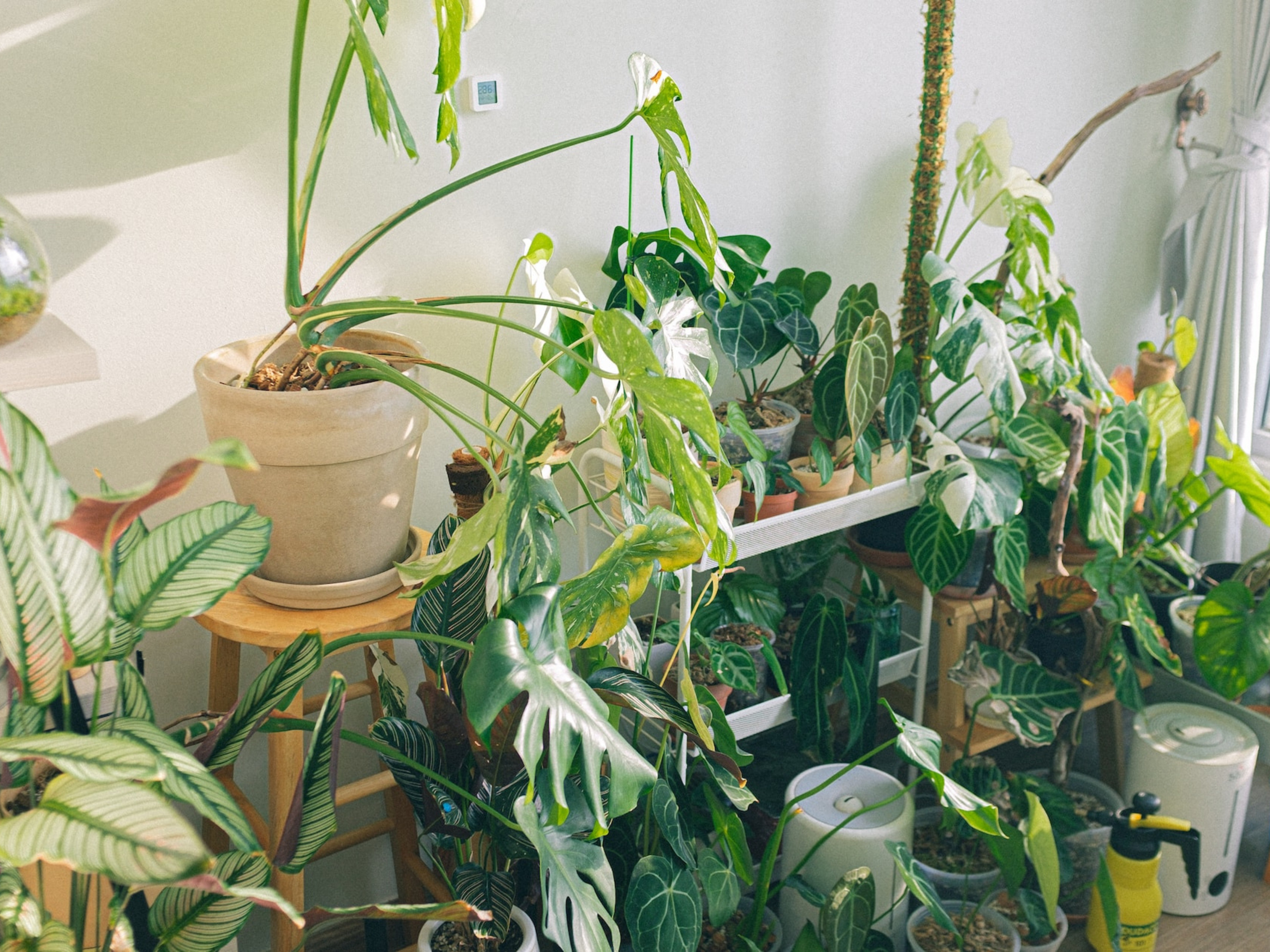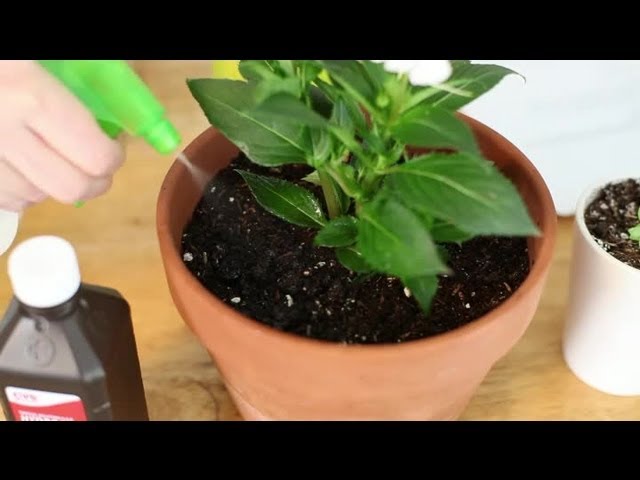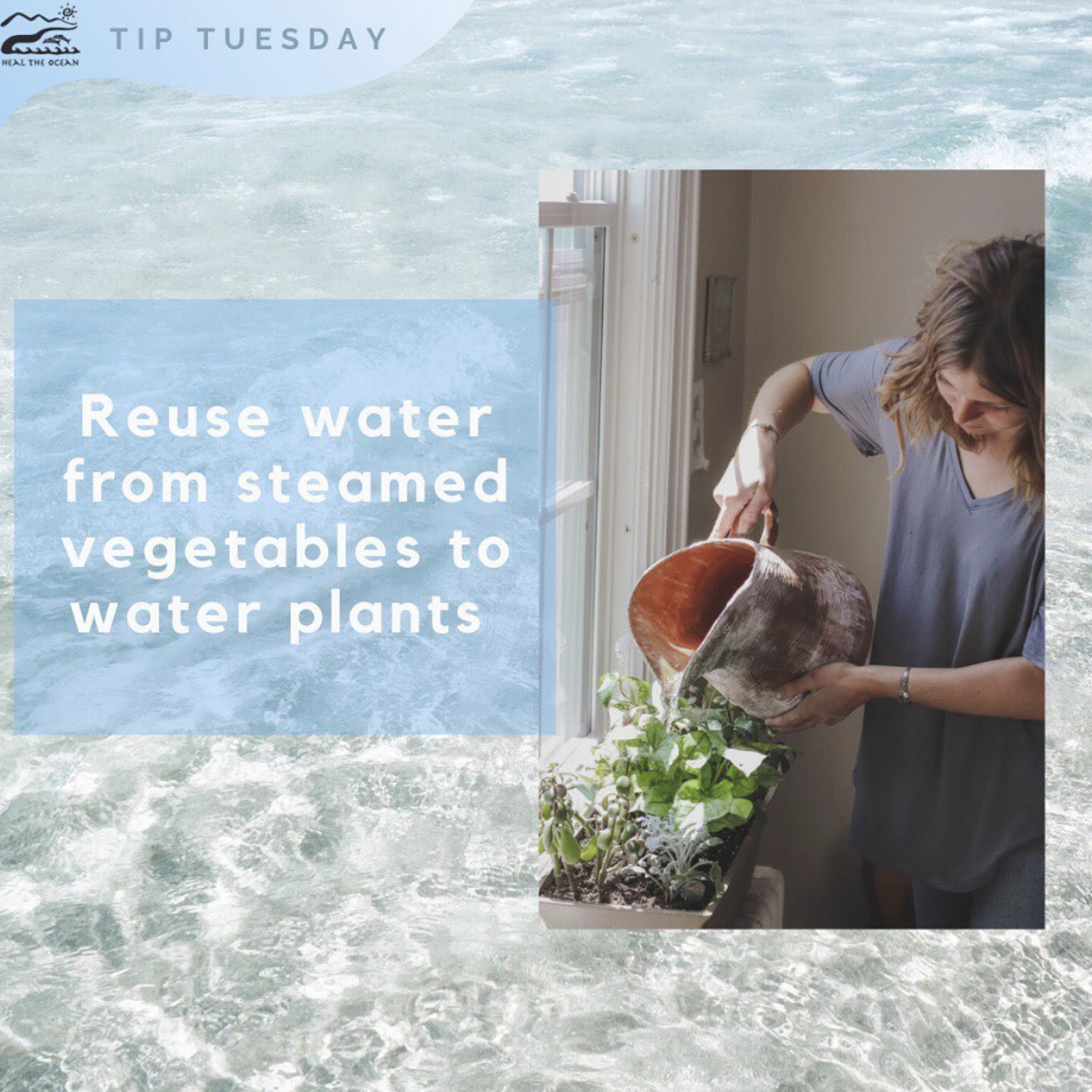What are the best practices for indoor plant rotation?
Keeping indoor plants healthy and thriving requires more than just watering and sunlight. One often overlooked aspect of plant care is the practice of rotating your plants regularly. By rotating your indoor plants, you can ensure they receive even light exposure, prevent them from becoming lopsided, and promote healthy growth. Here are some best practices for indoor plant rotation:
1. Rotate your plants regularly
Rotate your indoor plants at least once a week to ensure even growth. This will help prevent your plants from leaning towards the light source and becoming unbalanced. Rotate them 180 degrees each time to provide equal light exposure to all sides of the plant.
2. Monitor light exposure
Pay attention to how much light each of your indoor plants is receiving. Some plants may require more light than others, so it’s important to rotate them accordingly. Place light-hungry plants closer to windows and rotate them more frequently to ensure they get the light they need.
3. Check for pests
While you rotate your indoor plants, take the opportunity to inspect them for any signs of pests. Look for yellowing leaves, white spots, or webbing, which could indicate a pest infestation. If you detect any pests, take action immediately to prevent them from spreading to other plants.
4. Water evenly
When rotating your indoor plants, be mindful of how you water them. Water your plants evenly and allow excess water to drain out of the bottom of the pot. Avoid overwatering or underwatering your plants, as this can lead to root rot or dehydration.
5. Adjust for seasonal changes
As the seasons change, so do the lighting conditions in your home. Adjust your plant rotation schedule accordingly to ensure your plants receive the right amount of sunlight throughout the year. During the winter months, you may need to move your plants closer to windows for more light exposure.
6. Use a plant stand
If you have a lot of indoor plants, consider using a plant stand to make rotation easier. A plant stand allows you to easily swivel your plants around for even light exposure. It also keeps your plants off the ground, preventing water damage and making them more visible.
7. Prune regularly
Pruning your indoor plants is essential for maintaining their health and promoting growth. As you rotate your plants, take the opportunity to trim off any dead or yellowing leaves, and shape the plant to encourage fullness. Pruning also allows for better air circulation and prevents overcrowding.
8. Keep a plant journal
Keeping a plant journal can help you track the growth and health of your indoor plants. Note when you last rotated each plant, how much you watered it, and any changes in its appearance. This can help you identify patterns and adjust your care routine accordingly.
Conclusion
Indoor plant rotation is a simple yet effective way to keep your plants healthy and thriving. By following these best practices, you can ensure your indoor plants receive the right amount of light, water, and care they need to flourish. Remember to rotate your plants regularly, monitor their light exposure, and adjust for seasonal changes to promote optimal growth. With a little bit of attention and care, your indoor plants will reward you with lush foliage and vibrant blooms.



